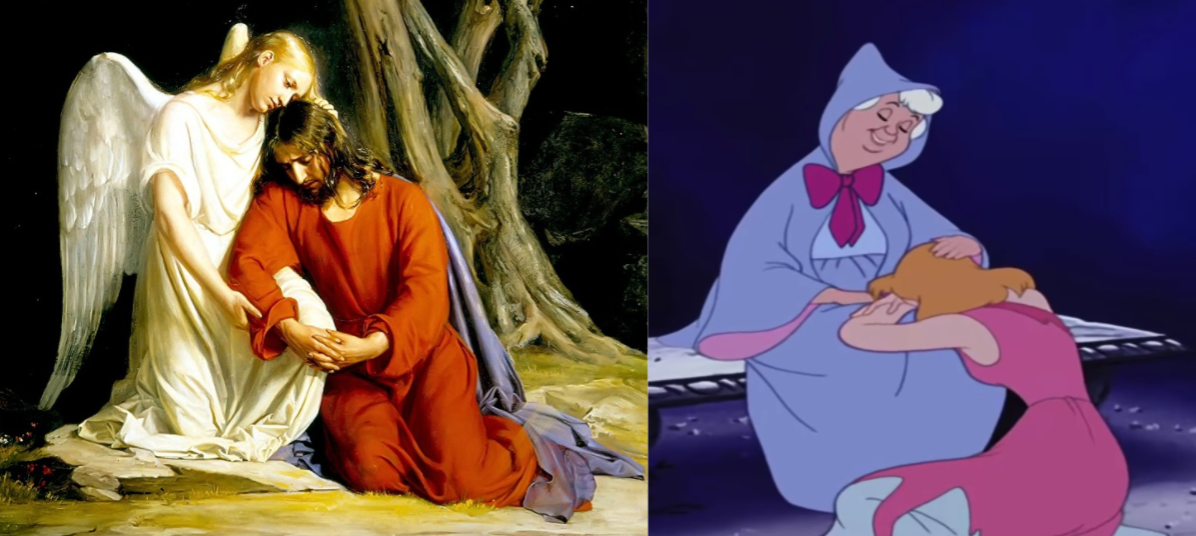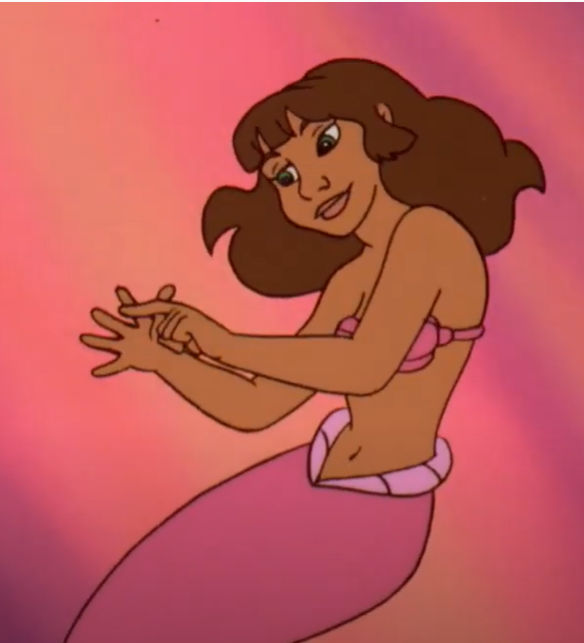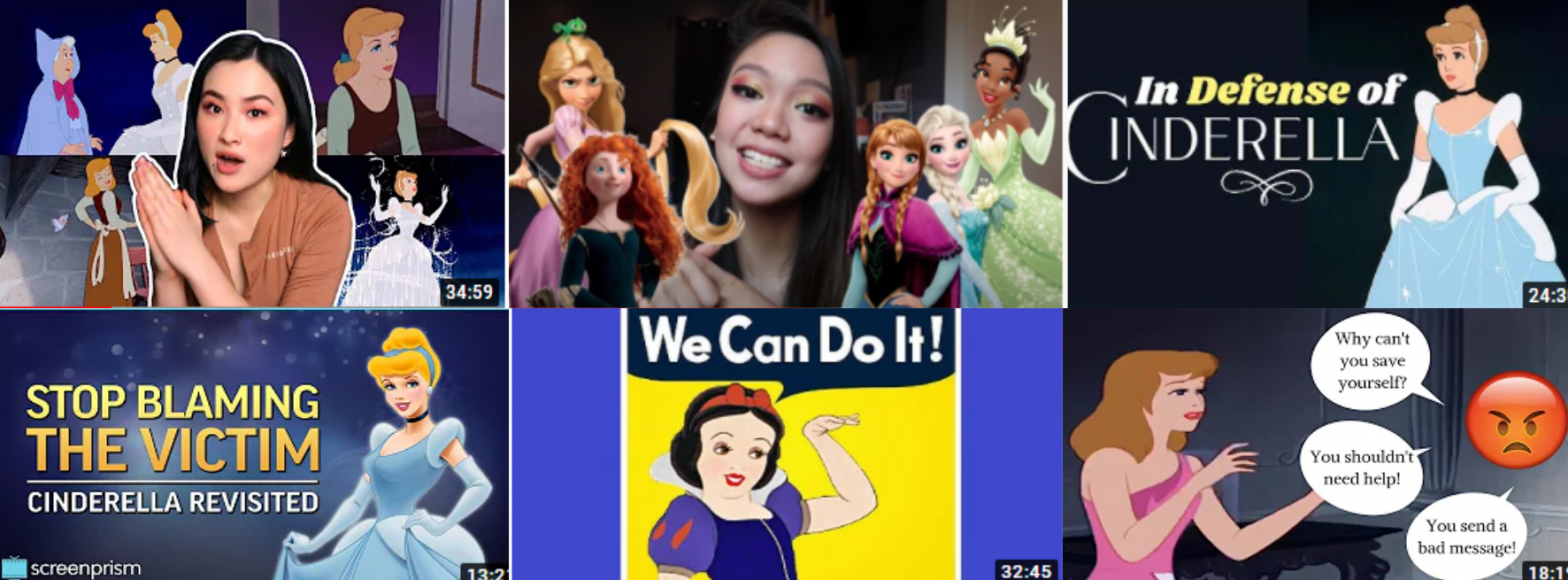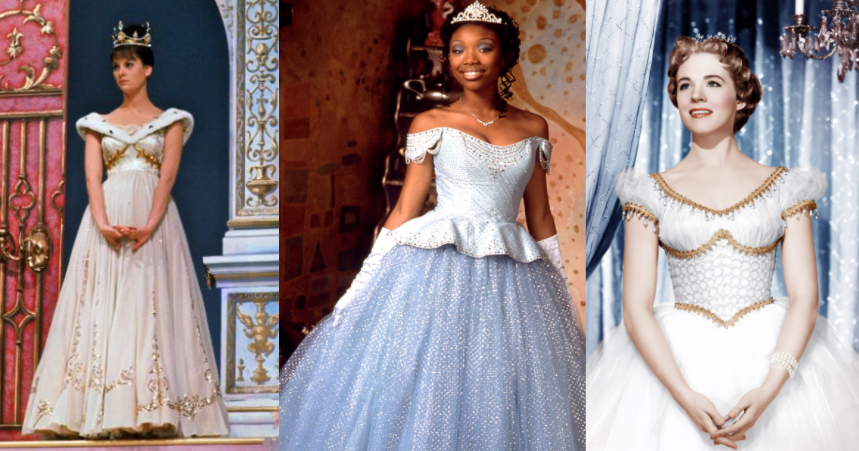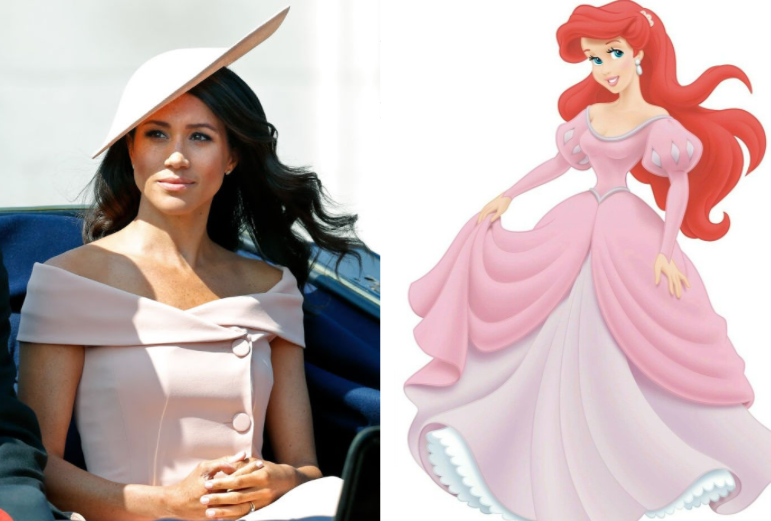In modern times, relationship dynamics between fairy tale heroes and heroines (especially the comatose ones) have come under criticism for exhibiting rapey power dynamics. But the relationship between Little Red Riding Hood and her wolf seems pretty clearly intended to comment on rape and punishes the would-be abuser in the text. A vicious male wolf …
Continue reading “How Little Red Riding Hood Teaches Girls and Women to React to Stranger Danger”

